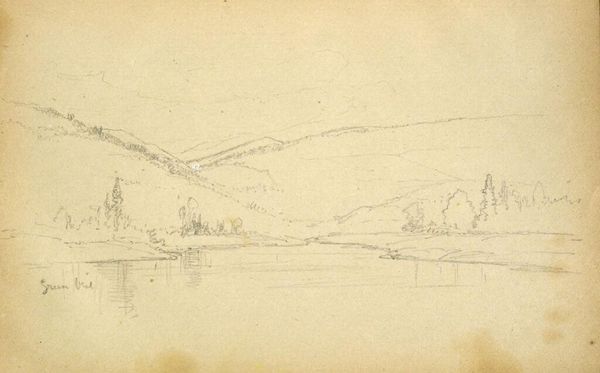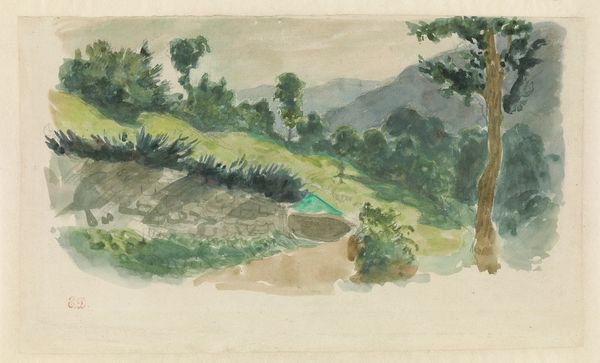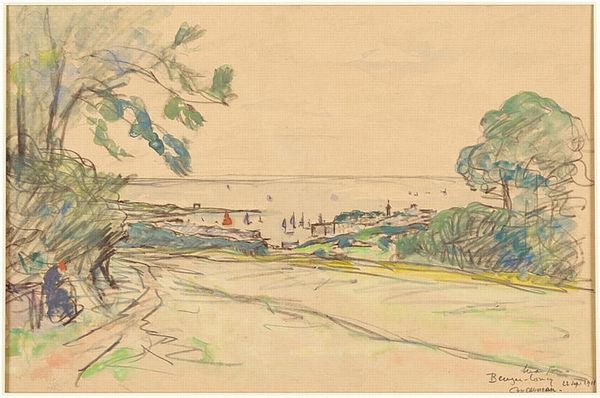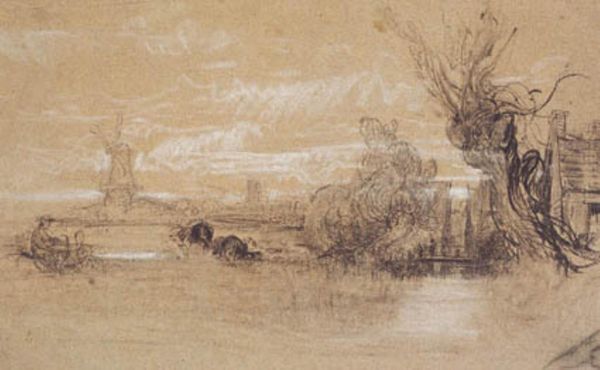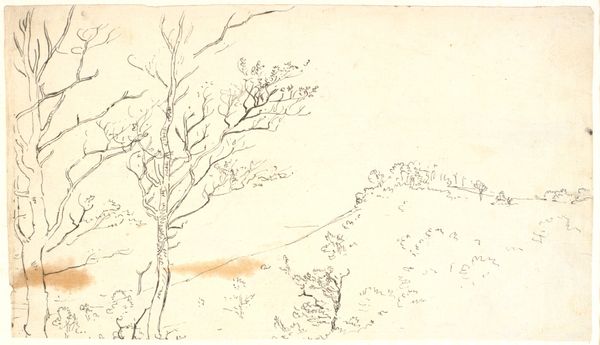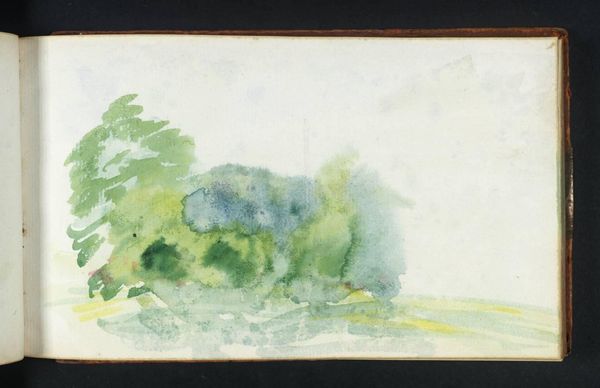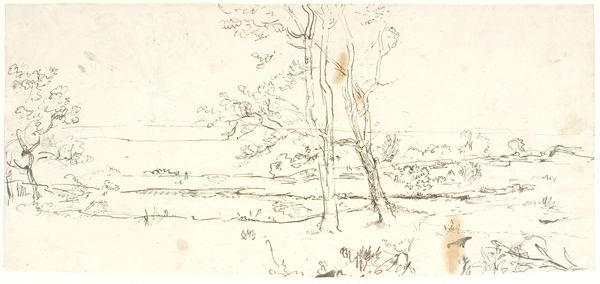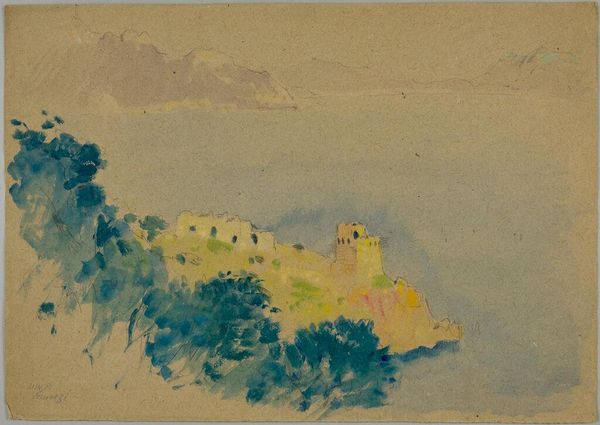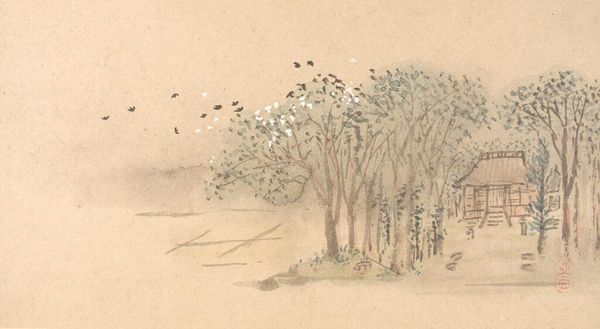
drawing, plein-air, watercolor
#
drawing
#
impressionism
#
plein-air
#
incomplete sketchy
#
landscape
#
watercolor
#
sketch
#
line
#
post-impressionism
#
realism
Copyright: Public domain
Curator: So, here we have Paul Cézanne's "Pine Tree in the Arc Valley," created around 1885. It’s a watercolor and pencil drawing. What's your take on it? Editor: My first thought is the feeling of open space. The muted colours create such a sense of airiness and distance, but it also seems unfinished. A preparatory study perhaps? Curator: Yes, Cézanne was likely working en plein air, capturing a fleeting moment in the landscape. You can see how the Aqueduct is in the distant background. The materials and method highlight his engagement with Realist and Impressionist movements, although you can see him starting to pull away toward something entirely his own. Notice how the “incomplete, sketchy” execution itself becomes part of the aesthetic. Editor: The unfinished quality definitely contributes to a sense of immediacy, it's as if we're standing there with the artist. It’s fascinating how he suggests volume with just a few washes of colour and confident lines. Were works like these readily accepted into exhibition spaces back then? Curator: Cézanne often faced rejection. His style, departing from academic norms, wasn’t always embraced by the established art institutions and critics of his time. But over time, independent galleries began showing his work to smaller audiences. The perception shifted; what was once considered "unfinished" became a sign of innovative mark-making. Editor: It makes me wonder, if this had been painted on a grander scale, framed, and exhibited differently, would it still evoke the same response? The medium dictates its display and therefore influences the art world's opinion, right? Curator: Absolutely. Watercolour as a medium, in that period, would not have carried the same cultural weight of, say, an oil painting. But Cézanne’s use of such accessible material disrupts this accepted artistic hierarchy and invites questions of labour and what defines “art”. It's fascinating how these very factors also made it available to broader audiences outside traditional art patronage. Editor: That tension is key, isn’t it? Looking at it now, I appreciate how Cézanne challenges conventional notions of “finish” and value within the art market and beyond. Curator: Agreed, it makes one reconsider the forces that influence art production and consumption. A landscape holding much more beneath the surface!
Comments
No comments
Be the first to comment and join the conversation on the ultimate creative platform.

